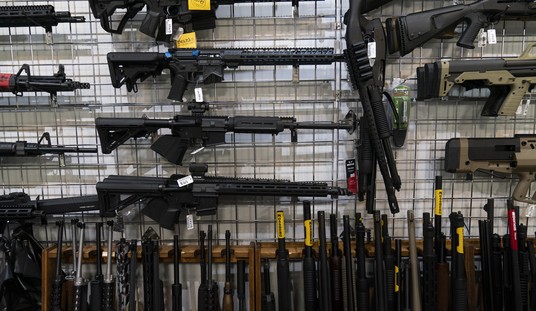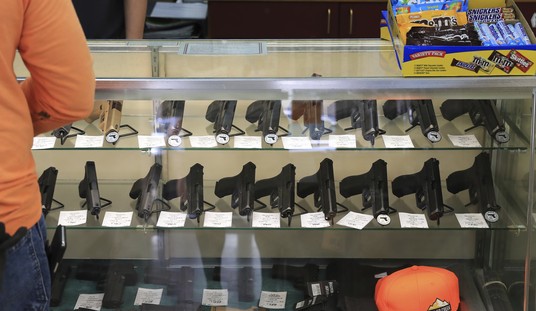Much of the information contained in the DOJ’s nearly 600-page “critical incident review” of the murders of 19 students and 2 teachers at Robb Elementary and the law enforcement response that was released on Thursday has already been publicly known, at least to some degree. However, there are still some valuable (if infuriating) facts to be found, starting with the confirmation that the dozens of officers who arrived on the scene could and should have engaged the killer as soon as possible rather than treating the classroom where he had holed up with students and teachers as a barricade situation.
At one point there were nearly 400 officers on campus, but it still took authorities more than an hour to engage the attacker and enter the classroom. The DOJ report describes the decision to classify the shootings as part of a series of “cascading failures” by law enforcement, including the first officers to arrive at Robb Elementary.
The review team reserved its most critical commentary for the officers who arrived first on scene, who retreated from the classroom and treated the gunman as a barricaded subject, not an active shooter.
“The most significant failure was that responding officers should have immediately recognized the incident as an active shooter situation, using the resources and equipment that were sufficient to push forward immediately and continuously toward the threat until entry was made into classrooms 111/112 and the threat was eliminated,” according to the report.
Lt. Mariano Pargas, Uvalde’s acting police chief at the time, was among the first officers to arrive at Robb. He was deemed by the review team to be “the person best positioned to direct command and control” the law enforcement response, but “failed to do so.”
After the initial failure to pursue and confront the shooter, communications breakdowns compounded the confusion on-scene – even after the arrival of Uvalde Consolidated Independent School District Police Chief Pete Arredondo, whom the report identified as the de-facto on-scene commander. Arredondo “lacked a radio,” the report found, “having discarded his radios during his arrival thinking they were unnecessary.”
“None of the law enforcement leaders at the scene established an incident command structure to provide timely direction, control, and coordination to the overwhelming number of responders who arrived on the scene,” the report found.
Counter to well-established active-shooter training methods, Arredondo “directed officers intending to gain entry into the classrooms to stop.”
Arredondo has already been fired from his position as the police chief for the school district, but Uvalde County District Attorney Christina Mitchell has been investigating the possibility of filing criminal charges against some of the officers for their lackadaisical response.
The report also contains several recommendations on how to respond to such incidents in the future, starting with engaging the assailant as soon as possible.
The shooting has already been picked over in legislative hearings, news reports and a damning report by Texas lawmakers who faulted law enforcement at every level with failing “to prioritize saving innocent lives over their own safety.”
Uvalde school district officers arrived within three minutes of Ramos’ arrival at the school and ran toward the classroom, but as they approached, Ramos fired from inside the classroom. Two officers were hit by shrapnel and police retreated to take cover.
“An active shooter with access to victims should never be considered and treated as a barricaded subject,” the report says, with the word “never” emphasized in italics.
The response (or lack thereof) by police on the scene is another example of the importance of having armed school staff who can serve as a first line of defense in those rare circumstances where a school is targeted by a killer intent on taking as many lives as possible. Students and staff need layers of protection because one or more of those layers might fail, as was the case in Uvalde. Having armed school staff doesn’t guarantee that those teachers or administrators would react any faster than the first officers who arrived at Robb Elementary, but it would at least provide an opportunity to immediately engage the attacker and neutralize the threat to students at the earliest opportunity.
Of course, we’re never going to hear Merrick Garland make that particular recommendation, even though researchers from the Homeland Security Institute at Purdue University have found that fastest way to stop an active assailant attack at a school is to have one or more school resource officers in place to engage the killer while armed teachers and staff protect students in locked classrooms. The Biden administration is willing to acknowledge that the faster the response, the more lives will be saved, but they’d still prefer that teachers and staff wait for the authorities to respond rather than defend themselves and the students in their care.









Join the conversation as a VIP Member